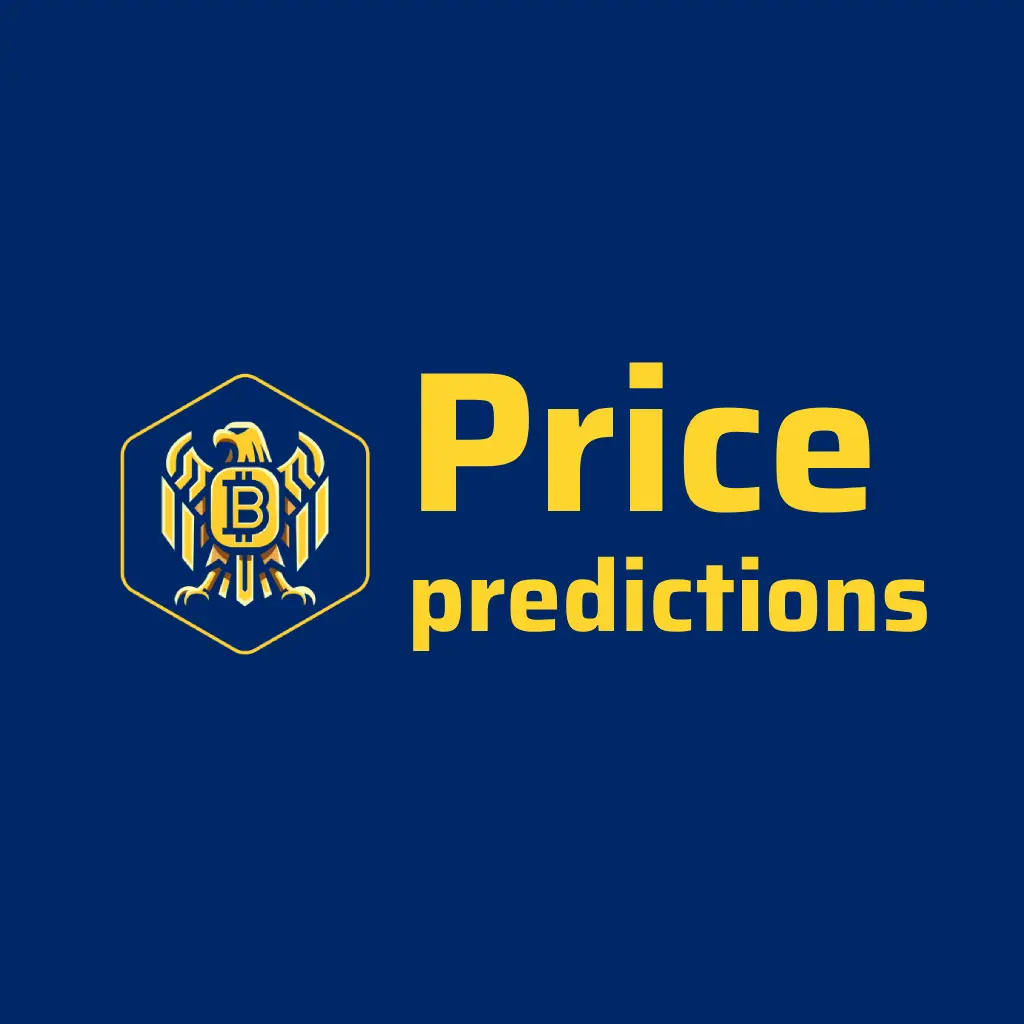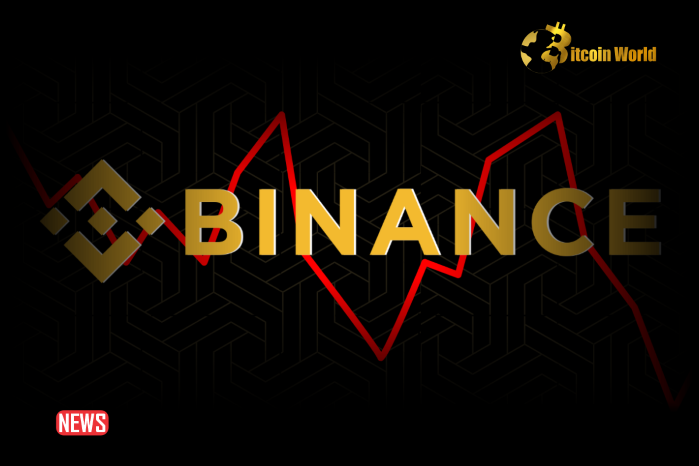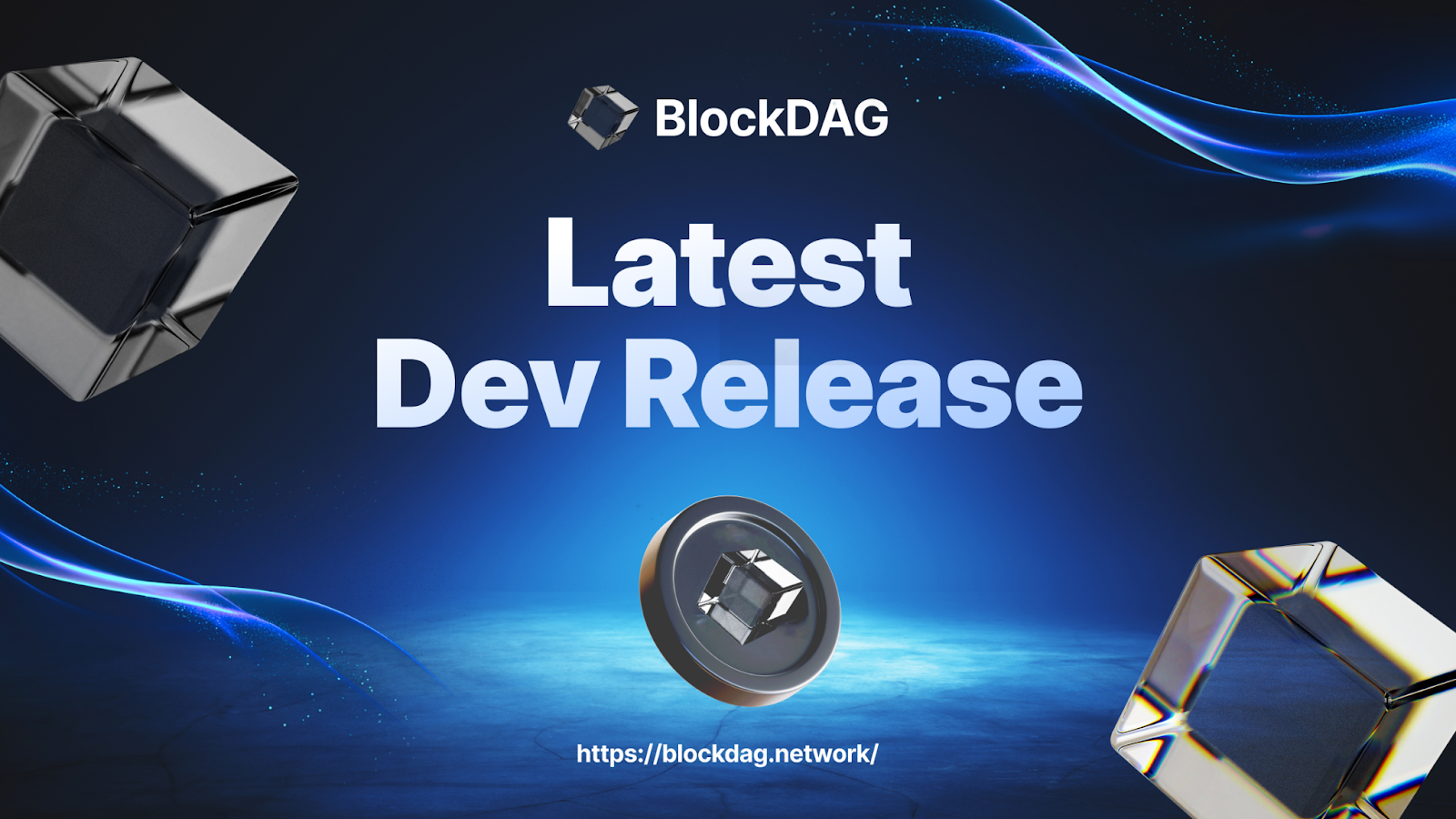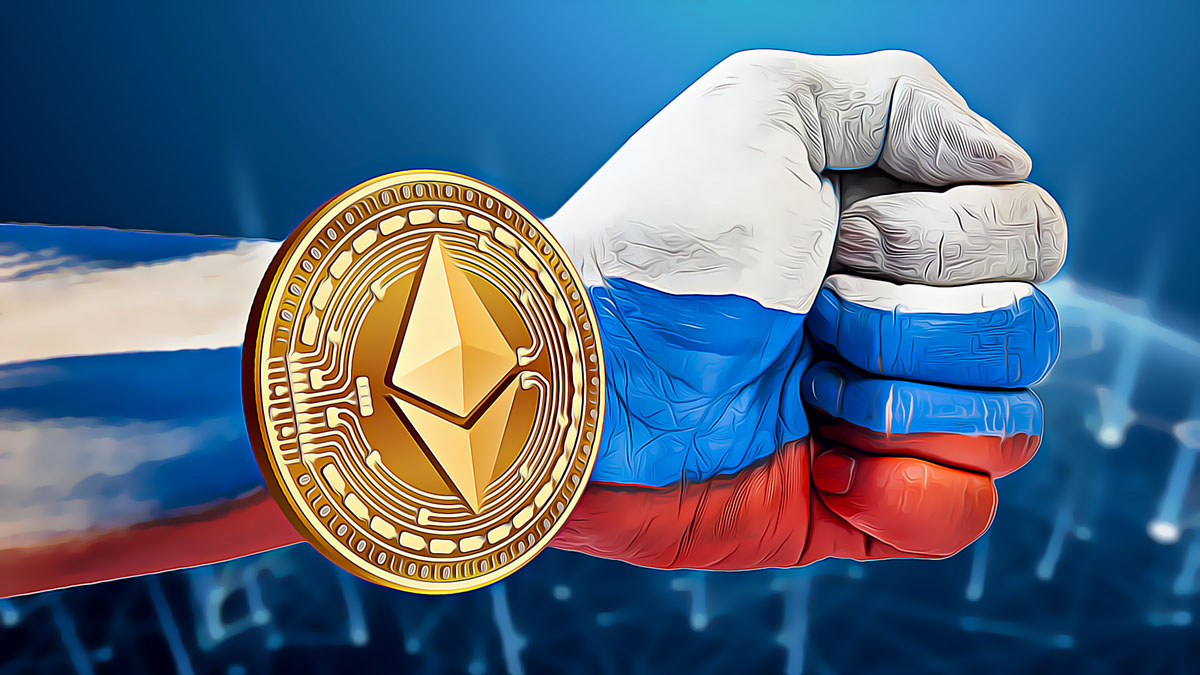Balancer 價格 BAL
NT$84.54
圖表:Balancer 到 TWD
下載數據中...
請稍候,我們正在載入圖表資料
新增至關注列表
Balancer 統計
- 市值
- NT$4,903,623,376
- 交易量(24小時)
- NT$290,050,326
- 交易量/市值 (24 小時)
- 5.92%
- 總鎖定價值(TVL)
- NT$26,753,919,868
- 市值 / 總鎖定價值
- 0.18328617
- 流通供給量
- 58,004,272 BAL
- 總供給量
- 64,256,740 BAL
- 最大供給量
- 96,150,704 BAL
- 完全稀釋後市值
- NT$8,128,484,771
合約地址
評等 · 根據 3 家機構的評價
3.8
Audits
網路資訊
UCID
5728
轉換器:BAL 到 TWD
BAL
TWD
價格表現
24小時
最低價
NT$80.69最高價
NT$85.62歷史高點
May 04, 2021 (3 years ago)
NT$2,453.50
-96.55%
歷史低點
Jul 05, 2024 (22 days ago)
NT$71.78
+17.77%
人氣
在觀察名單內
595th / 10.0K
你是這個專案的擁有者嗎?
下載數據中...
請稍候,我們正在載入圖表資料
Balancer community
Balancer 市場
所有交易對
下載中... |
免責聲明:本頁可能內含聯盟行銷連結。如果你前往造訪這類連結,並且在這些聯盟行銷平台上進行如註冊或交易等動作,CoinMarketCap 將可能獲得報酬。請參閱聯盟行銷關係揭露。
Balancer 則新聞
關於Balancer
Balancer (BAL) 是什麼?
Balancer 是一種自動造市者 (AMM),在以太坊區塊鏈上開發,並於 2020 年 3 月推出。種子輪由 Placeholder 和 Accomplice 領投,募得 300 萬美元。Balancer 協定 運作如同一種我我平衡權重的投資組合、價格感測器與流動性提供者。用戶可將其最近推出的代幣 ($BAL) 存入可調整的流動性池中,以賺取利潤。
該協定營運幾種類型的流動性池:
- 私有池 讓擁有者得到管理權,且為該池唯一的流量提供者。當然,擁有者可以更改所有的參數。
- 共享池 提供所有想成為流動性提供者 (LP) 的人參與。這些 LP 會得到 Balancer Pool Token (BPT) 的獎勵。
- 智慧池 和私有池很像,但由一紙智慧合約控制。這類流動性池也用 BPT 當做獎勵,任何人都可以貢獻其流動性。
誰創辦 Balancer?
Balancer 有什麼獨特之處?
Balancer Tokens (BAL) 代幣目前的流通量有多少?
Balancer 網路如何確保安全?
可在何處購買 Balancer Token (BAL)?
Balancer 分析
加載中...
 最多造訪
最多造訪 NFT 整體統計數字
NFT 整體統計數字
 Chain Ranking
Chain Ranking 熱門 DEX 交易對
熱門 DEX 交易對 動態
動態 Topics
Topics Lives
Lives 文章
文章 Research
Research












































